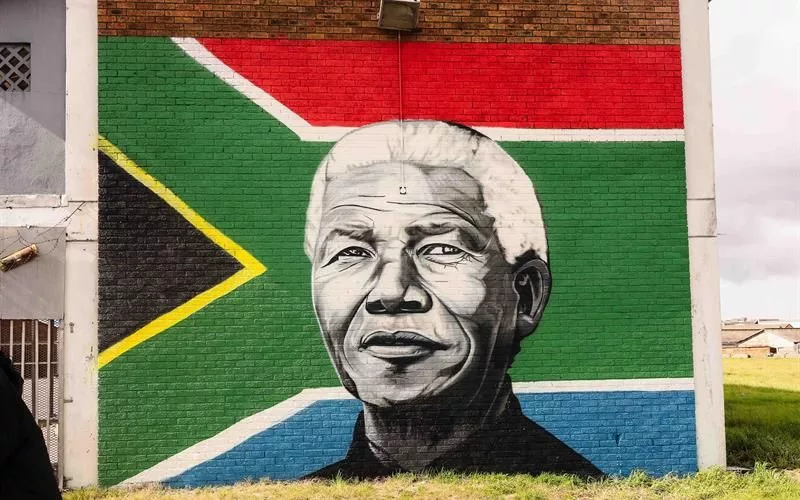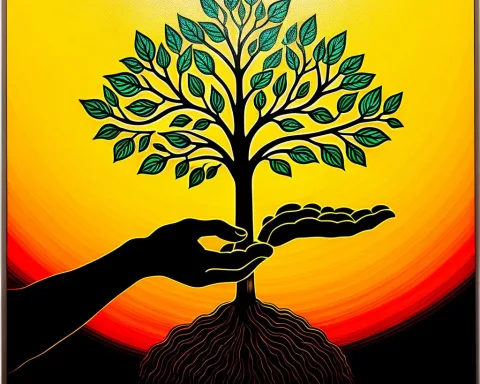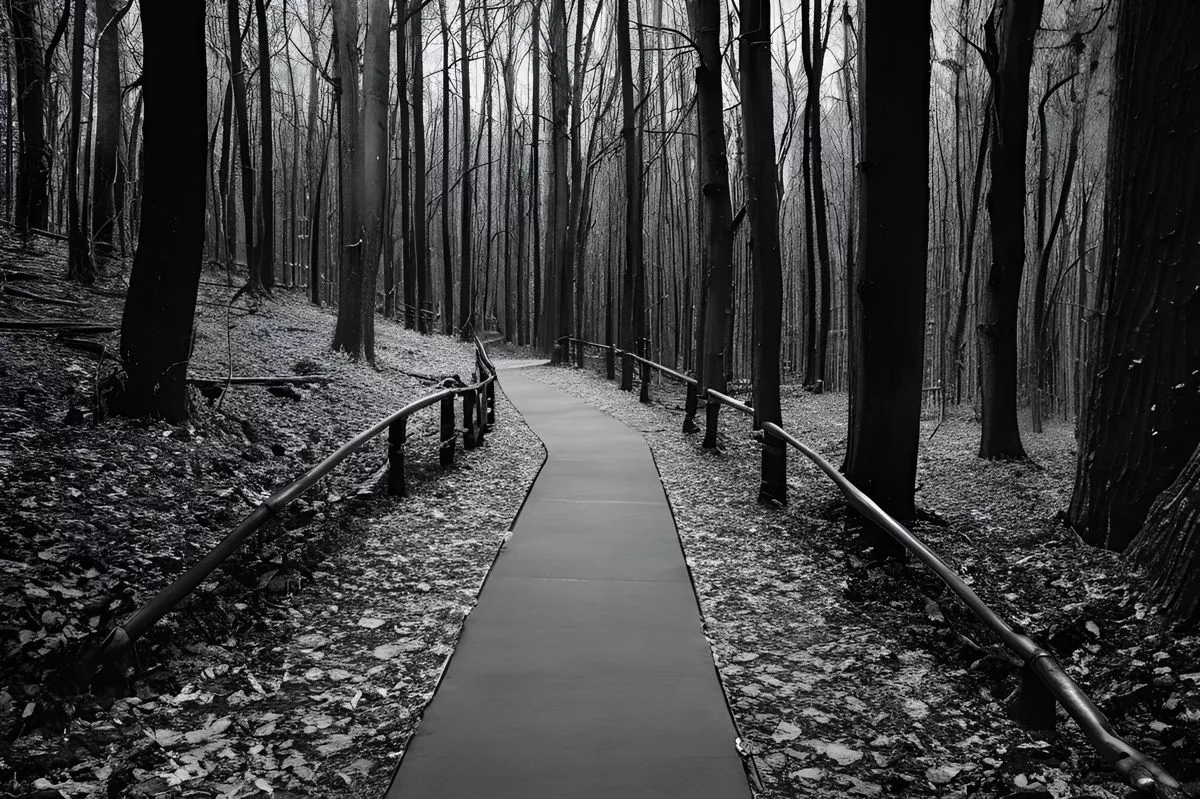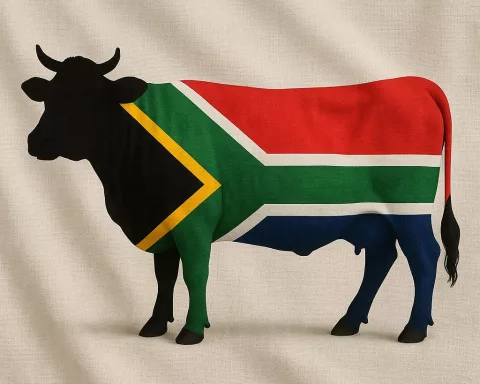Mandela Day, celebrated on July 18th, honors Nelson Mandela’s dedication to social justice and encourages individuals to take action against poverty and inequality. The day is marked by community initiatives and the power of art to foster positive change. The Legacy Mural Initiative in Mitchells Plain and the Sinethemba Community Project in Khayelitsha are examples of community-based initiatives that use art and unity to combat socio-economic obstacles and promote community development. These initiatives demonstrate the potential of collaborative efforts to yield positive change and highlight the pivotal role that every individual can play in shaping their community.
What is Mandela Day?
Mandela Day is a celebration of unity and resilience that takes place annually on July 18th. The day is in honor of the late Nelson Mandela and his dedication to fighting for social justice. The day encourages individuals to take action against poverty and inequality while promoting positive change through community initiatives and the power of art. The celebrations demonstrate the potential of art and community engagement in fostering positive change.
The esteemed Mandela Day celebrations that took place on July 18, 2024, were marked by an outpouring of unity and resilience. Alderman Grant Twigg, the city’s Council Member for Urban Waste Management, embraced this spirit by visiting two influential community organizations in Mitchells Plain and Khayelitsha. His visits emphasized the transformative power of community initiatives, particularly those that use art and unity to combat socio-economic obstacles.
Tafelsig High School: Encouraging Community Morale through Art
Tafelsig High School in Mitchells Plain was one of the sites that Twigg visited. A stunning mural of Nelson Mandela, a symbol of resilience and unity, had recently been unveiled at the school. The mural was an integral part of the Legacy Mural Initiative, an initiative supported by the City’s UWM Directorate. This initiative, led by community leaders Michael and Natasha Bell, aims to counteract gang-related graffiti by replacing it with inspiring murals that communicate a positive and motivating narrative to the community.
The Bells’ efforts serve as a ray of hope in neighborhoods plagued with crime, sparking a surge of positivity. Thanks to financial aid for essential resources from the Western Cape Government-funded Community Development Worker (CDW) Programme, the initiative is not merely an aesthetic project. It is a holistic approach to community revitalization, incorporating elements of urban design, landscaping, public lighting, and architecture. The primary objective of this initiative is to instill a sense of pride and ownership among the residents, contributing to a safer and more vibrant community environment.
Sinethemba Community Project: Addressing Socio-economic Challenges in Khayelitsha
Over in Harare, Khayelitsha, another impactful initiative is at work. The Sinethemba Community Project has proven to be a crucial ally to the City of Cape Town in tackling socio-economic challenges. Under the dedicated leadership of founder Nolitha Ndalasi, Sinethemba has played an instrumental role in financially empowering women. The project equips these women with the skills required to manage a traditional clothing business.
In addition, Sinethemba, despite being a growing non-profit organization, has expanded its community outreach in remarkable ways. It recently provided food to roughly 500 people displaced by floods and distributed donated clothing and other items. This initiative speaks volumes about the organization’s commitment to giving back to the community.
The Bigger Picture: Community Development and the Power of Art
Mandela Day’s celebrations and associated activities echo Alderman Twigg’s sentiment that “Art has the power to inspire communities and offer hope where it is needed most.” The Legacy Mural Initiative exemplifies how collaborative efforts can yield positive change.
Moreover, programs like the CDW Programme play a crucial role in supporting such community-based initiatives. The city encourages all community groups or organizations aiming to uplift their communities to seek assistance from the CDW Programme through their local Sub-Council.
The commemorations of Mandela Day in Khayelitsha and Mitchells Plain extend beyond just a one-day event. They serve as a reminder of the potential of art and community engagement in fostering positive change. They highlight the pivotal role that every individual can play in shaping their community. These celebrations mirror the true essence of Mandela Day, a day that revolves around unity, resilience, and the collective power to overcome the most daunting challenges.
1. What is Mandela Day?
Mandela Day is a celebration of unity and resilience that takes place annually on July 18th in honor of the late Nelson Mandela and his dedication to fighting for social justice. The day encourages individuals to take action against poverty and inequality while promoting positive change through community initiatives and the power of art.
2. What community initiatives were highlighted during the Mandela Day celebrations?
The Legacy Mural Initiative in Mitchells Plain and the Sinethemba Community Project in Khayelitsha were highlighted during the Mandela Day celebrations. These community-based initiatives use art and unity to combat socio-economic obstacles and promote community development.
3. What is the Legacy Mural Initiative?
The Legacy Mural Initiative is an initiative supported by the City’s UWM Directorate and led by community leaders Michael and Natasha Bell. The project aims to counteract gang-related graffiti by replacing it with inspiring murals that communicate a positive and motivating narrative to the community.
4. What is the Sinethemba Community Project?
The Sinethemba Community Project is a non-profit organization founded by Nolitha Ndalasi that aims to financially empower women in the Khayelitsha community by equipping them with the skills required to manage a traditional clothing business. The project has also expanded its community outreach in remarkable ways by providing food and donated clothing to those in need.
5. How does the CDW Programme support community-based initiatives?
The CDW Programme plays a crucial role in supporting community-based initiatives like the Legacy Mural Initiative and the Sinethemba Community Project. The city encourages all community groups or organizations aiming to uplift their communities to seek assistance from the CDW Programme through their local Sub-Council.
6. What is the bigger picture behind community development and the power of art?
The Legacy Mural Initiative and the Sinethemba Community Project highlight the potential of collaborative efforts to yield positive change and the pivotal role that every individual can play in shaping their community. The commemorations of Mandela Day serve as a reminder of the power of art and community engagement in fostering positive change and overcoming the most daunting challenges.












